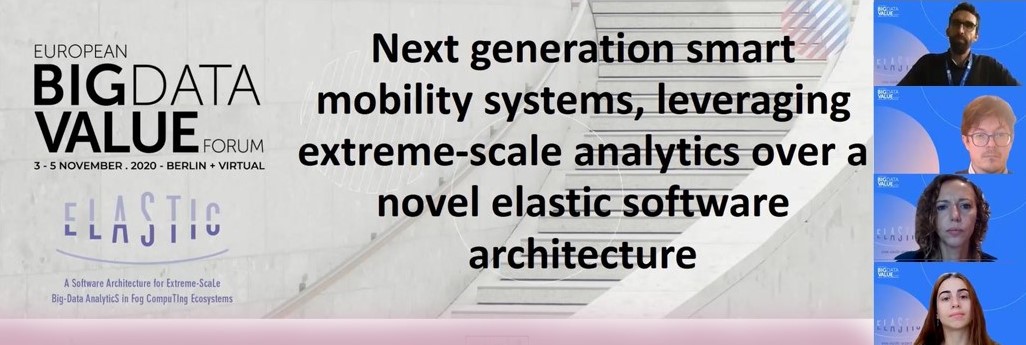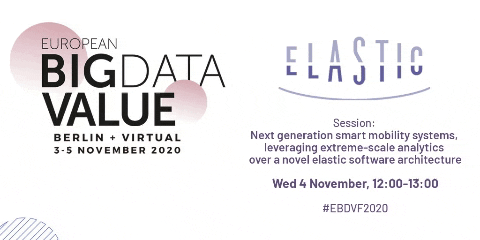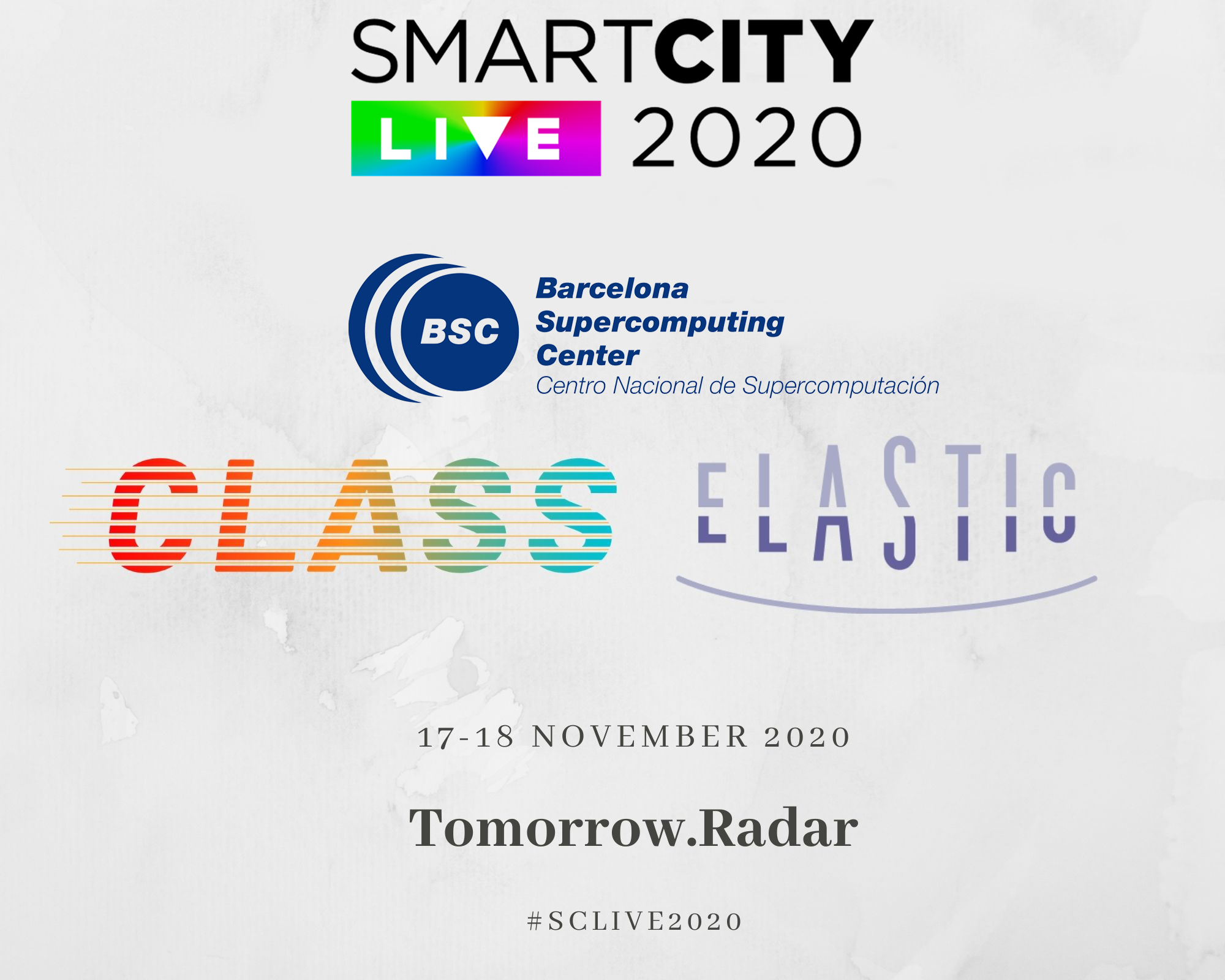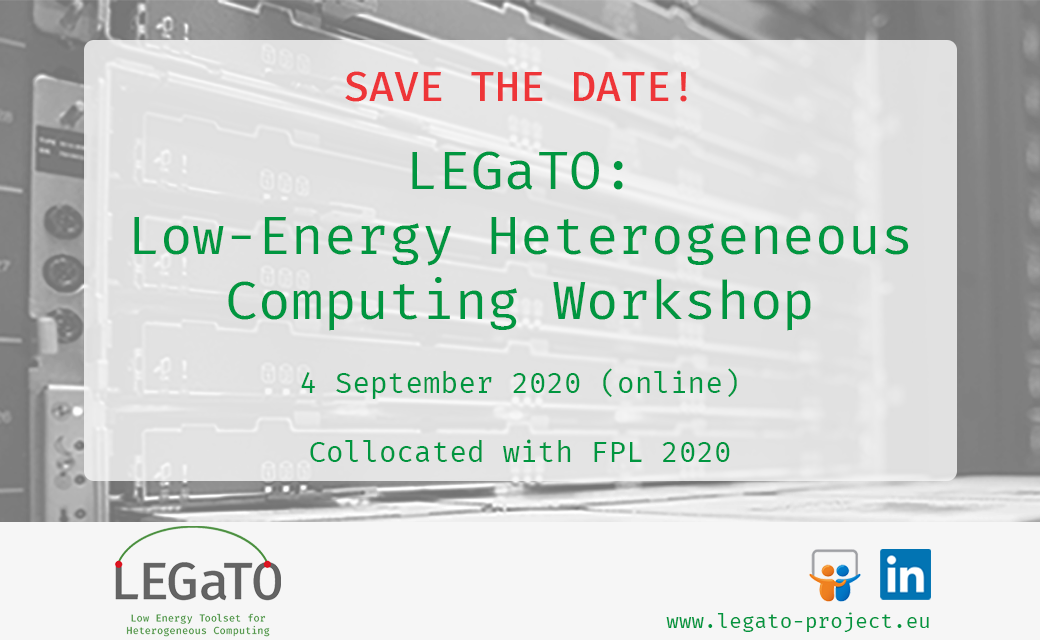
Anna Queralt is a Senior Researcher at the Barcelona Supercomputing Center. Her research and professional interests revolve around distributed data management for high performance computing, big data, and edge to cloud applications. She is a member of the ELASTIC project, working on the distributed storage that serves other components in ELASTIC. In this interview, Anna talks about her experience as a woman in STEM and as a member of the ELASTIC team.
- How did you become interested in engineering? What influenced your decision in taking this career path?
I have been kind of interested in science and engineering since I was a little girl. I have always enjoyed solving problems and understanding why and how things work. So the choice of this career path was quite a natural decision, although I had no experience with technology at that time. Many of my classmates in the first courses at university already had computers since they were kids, and they even knew how to program, but this was not my case. I chose Computer Science basically because I wanted to study something related to maths and logics, and that could provide interesting and diverse professional opportunities at the same time.
Although the fact of not having any previous experience was not an obstacle, I think the decision will be much easier for nowadays girls, since technology is already part of their lives, and they even learn notions of technology very early at school, as I have seen with my daughters. And this is a very good thing, because they will probably be less reluctant to choose career paths related to technology or engineering, as they will not see it as something inaccessible or strange, or something only for boys.
- How has your experience as a woman studying and working in STEM been? Have you faced any challenges?
Studying and working in STEM has been a great experience, since it poses new challenges almost every day, and one doesn’t become tired of doing always the same. As a woman, I haven’t had any problem in general, and I have always felt comfortable regardless the level of studies or the professional context, despite being the only female in many cases. In fact, I recently became the leader of a small research group, with the rest of members being males (and my boss is a woman, too). So although we, women, are not many in this field, this doesn’t prevent us from growing professionally.
However, throughout my career I have occasionally found some difficulties with some particular persons (either man or woman), and sometimes I had to prove more than my male colleagues. However, I am afraid that, unfortunately, this does not only happen in STEM, but more generally, regardless of the career. It is true that it is becoming less common, but still happens sometimes.
I think that women in STEM provide a very valuable contribution to an environment predominated by men, bringing a set of complementary qualities and skills. Generally, we are more reflective rather than impulsive, we are more meticulous and organized, and we have a tendency to resolve conflicts, thus avoiding uncomfortable situations. We are usually more empathic, too, which allows us to detect and solve possible problems before it is too late, and naturally make people feel comfortable, which at the end leads to better results. Of course, these characteristics are not exclusive of women (and not all women are the same, either), but they are more prominent in women.
- What are you working on in the ELASTIC project and how has this experience been so far?
In ELASTIC, I am in charge of the distributed storage, which provides data management functionalities to other components. On the one hand, it manages data from the use cases as part of the Distributed Data Analytics Platform (DDAP), supporting the real-time data analytics needs at the edge, and handling the data to the historical analytics part of the DDAP. On the other hand, it supports the Non-Functional Requirements tool (NFR) by storing and distributing different kinds of data collected within ELASTIC, in order to manage the scheduling of tasks according to the non-functional requirements.
One thing about ELASTIC that I like very much is that it gives us the opportunity to have an impact on daily lives of people. Although this is the final goal of any research project, such an impact is not always as evident or direct as in ELASTIC, where the final users are regular citizens.
The experience of working in ELASTIC has been great so far, but unfortunately, due to COVID-19, we have not been able to meet face to face for a long time. However, we are constantly in touch with on-line meetings and keep progressing well. I hope that the situation improves soon, so that at least we can travel to Florence to see the results of our work in person.
- What message would you give to young girls and women who are interested in pursuing a career in STEM?
I would tell them that if they want to do something, whatever it is, they can do it. No one should renounce to a goal just because of his or her sex, in the same way that it does not make sense to discard a career because of one’s ethnicity. It only depends on them.

